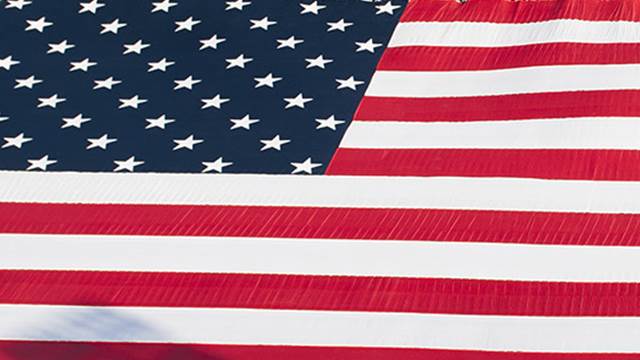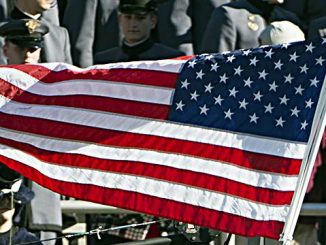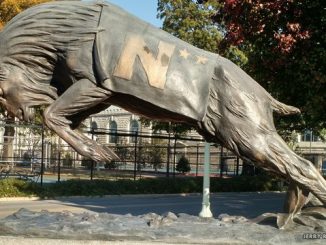
Navy’s existence in the AAC is only half a decade old — that’s not a lot of history. Yet, if you were to identify the single biggest problem or obstacle in Navy’s AAC schedule, you would receive a lot of agreement from other Navy football observers if you said, “Playing at Houston at the end of the pre-Army portion of the regular season.”
In 2015 and in 2017, Navy has looked like a tired and inadequate team in Texas at the end of a grueling regular season. Like a West Coast football team which plays a body-clock 11 a.m. Central time game in Chicago, or like a warm-weather team such as the Miami Dolphins playing in Buffalo in late December, Navy has plainly been out of its element and not in the best position to win when going to H-town on Thanksgiving weekend.
The far-flung nature of the AAC requires multiple long commutes each season. If Navy had been in the AAC East and not the West, it wouldn’t be that different from the current situation. Right now, Navy knows it will have to play at two of these four schools — Tulane, Tulsa, SMU, and Houston in some combination — every year. Houston happens to have a noticeably better football program than the other three schools on the list. Putting two and two together is not hard.
Navy would love to get a bye week before this trip to Houston, but it hasn’t gotten it in the past and won’t get it this year. The Midshipmen will obviously do their best, but they know that as they look at the 2019 schedule, this is the game which once again is set up for them to lose.
Therefore, while Houston is in a transitional year — having lost defensive stud Ed Oliver and having gained a new head coach, Dana Holgorsen — the Cougars still have to like their chances against Navy on November 30. It’s not as though the Coogs will be terrible. They still have plenty of offensive talent returning for a coach (Holgorsen) who knows how to coach offense. Moreover, if Houston does go through a rough period in the first half of the season, due to the changes made inside the UH program, those growing pains should give way to a better, more polished team at the end of the season.
Recall all the times Miami beat Florida State and Bobby Bowden in the Seminoles’ heyday as a program? Those games were always in the first half of the season. The story of college football in the final 15 years of the 20th century would have been very, very different if Miami and Florida State played their late 1980s games and their 1990s battles in late November.
So, the point is plain for Navy: If the Midshipmen expect to win the AAC West this year — which they have a perfectly reasonable chance of doing — they need to be two games ahead of Houston going into November 30. They need to have tiebreaker advantages or a games-ahead cushion relative to Memphis and the other possible contenders in the division.
Winning in Houston is not a hopeless task. It’s not as though that is such a dominant home field. It is not one of the louder on-campus environments in the United States. It is no Death Valley or Autzen Stadium or Horseshoe in Columbus. Yet, the timing of that game and its other details reduce the margin of error for the Mids.
If the AAC West is the goal, getting a buffer before Houston ought to be the ideal plan and pathway for the Men of Ken.



